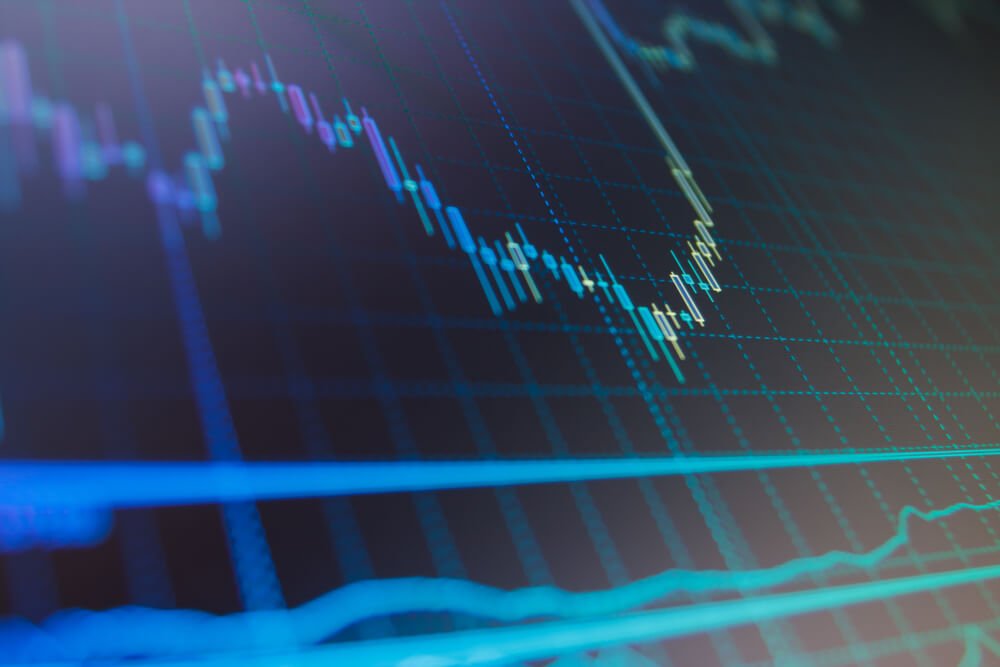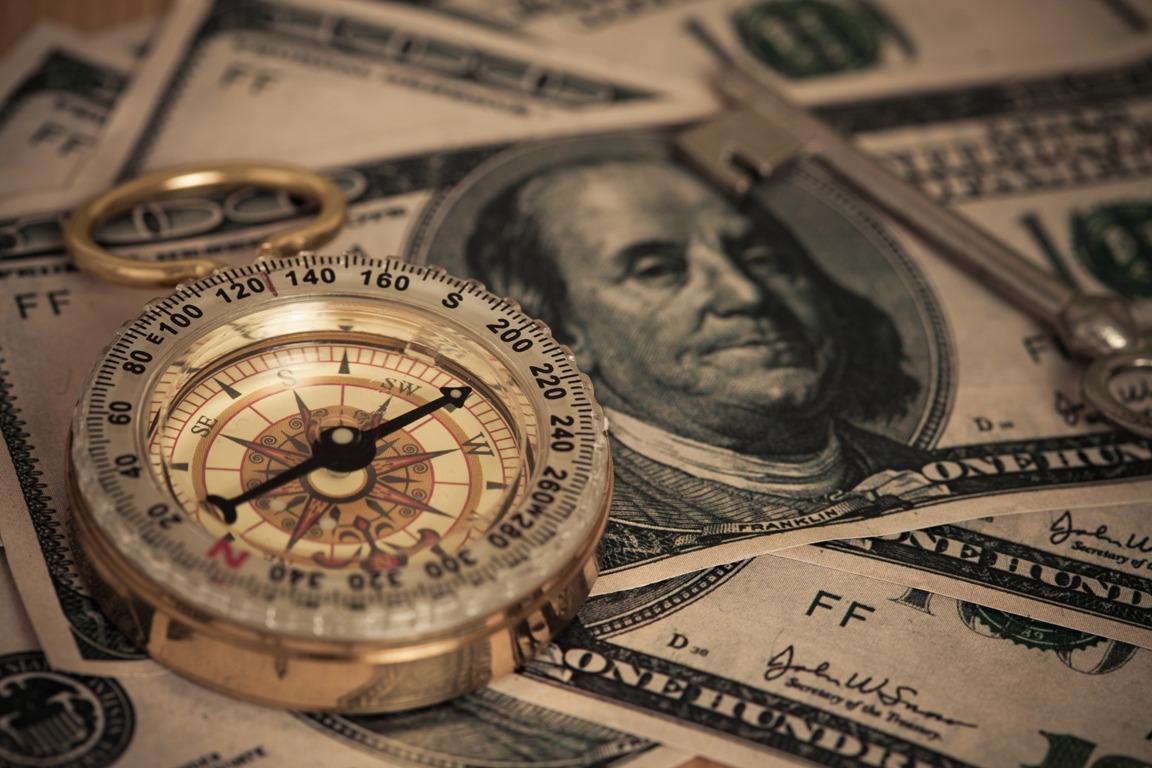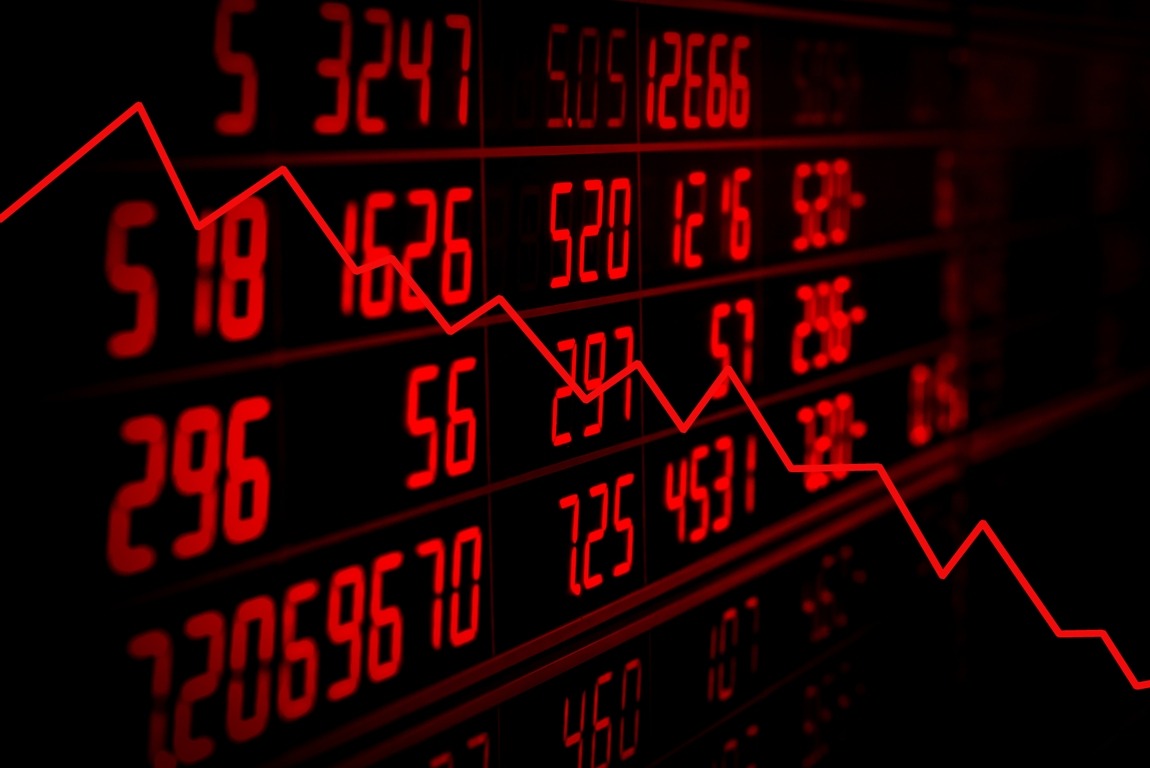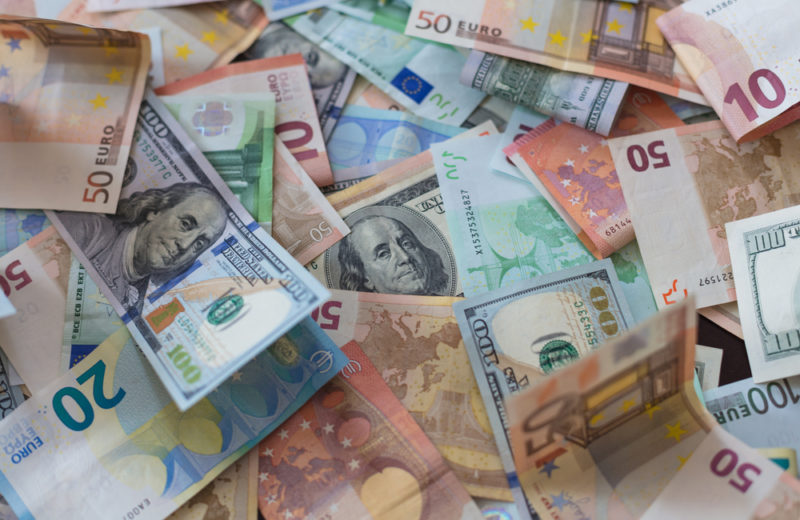It is a potentially significant week for European policymakers. It is because they are debating about the outlines of a recovery fund. The recovery fund is aimed to help member nations. Thus, on Monday, the euro steadied around the $1.09 level.
Sweden, Denmark, Netherlands, and Austria want loans from a time-limited fund. The fund is for nations that struggle to recover from the pandemic. They do not wish to the grants proposed by Germany and France last week for the European Union’s coronavirus recovery plan.
Last week, the German-Franco plan sent the euro rallying above $1.10. It was before the much-expected counter proposal by the four countries. It pushed the euro back below $1.09.
On Wednesday, the rival proposals came before the European Commission’s plans for the recovery fund. Thus, any watered-down proposals from the original method will be perceived as euro negative.
Euro and Others
On the Other hand, Nordea strategists said that if the German-Franco dept proposal miraculously passes the test during the coming week, they reckon that it will be a significant positive event for euro.
The single currency steadied around $1.09 on Monday. Nevertheless, it remained about 5% below a 2020 high of near 1.15 hit in early March.
Elsewhere, the United States dollar erased earlier gains. It edged lower on the day despite the concerns about a growing standoff between China and the United States over civil liberties in Hong Kong sentiment subdued.
The greenback tends to behave like a safe-haven asset at times of political uncertainty and market turmoil. Thus, it was steady near a one-week high at 99.74.
By dint of its secure trade connections with offshore yuan and China, the Australian dollar led losers against the United States dollar.
More turbulence for China-United States relations prompted some investors to hold a defensive position in Hong Kong.
It is the current news of the market.














